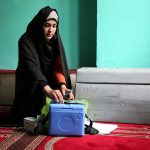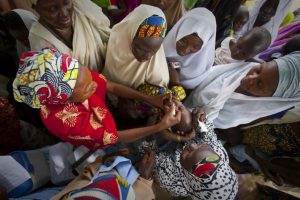
© GPEI
Fast Facts
Population: 80M (2018)
- Polio Status: Outbreak
- Polio added to the vaccine schedule: 1988 (OPV), 2015 (IPV)
- OPV3 Coverage: 79% (2018)
- IPV Coverage: 79% (2018)
Timeline
1981
The Expanded Programme on Immunization (EPI) is established by ministerial decree.
1988
The World Health Assembly passes a resolution to eradicate polio by the year 2000, launching the Global Polio Eradication Initiative.
2008
As part of its comprehensive multi-year plan for immunization (cMYP), the DRC revises a number of immunization targets to be more ambitious, aiming for 90% national immunization coverage, an increase of cold chain coverage from 51% to 100%, and achievement of polio eradication.
2015
The DRC is declared free of wild poliovirus (WPV) in November after four years without a case of WPV.
2020
DRC continues to be affected by circulating vaccine-derived poliovirus (cVDPV) including detection of the virus in 2020 in the capital city of Kinshasa.
Country Data
After four years without a case of wild poliovirus (WPV) the Democratic Republic of Congo (DRC) was declared free of WPV in 2015. Today, however, the DRC remains affected by four strains of circulating vaccine-derived poliovirus (cVPDV) in four provinces, with 82 confirmed cVDPV cases in 2019. Following the cessation of type 2 oral poliovirus vaccine in 2016 and subsequent presence of naïve type 2 cohorts, low routine immunization coverage continues to result in incidence of cVDPV. The affected provinces within the DRC are: Haut Katanga, Mongala, Haut Lomami/Tanganika/Haut Katanga/Ituri, and Kasai. In recent years, the DRC has also been affected by iterative Ebola outbreaks.
The polio program in the DRC is centrally managed via the strategic interagency coordination committee (ICC) and its technical subcommittees. Delivery of routine immunization is provided via the EPI and Ministry of Health staff at each level of the system, however, supplementary immunization activities and mop-ups are managed by specialized committees at the national, provincial, district and local levels and significant financing for polio-related staffing and activities are provided by external partners. Surveillance is also managed by the EPI with the support of the World Health Organization; the National Institute of Biomedical Research (INRB) is responsible for evaluating stool samples.
Organization Description
The University of Kinshasa, School of Public Health was founded in August 1984, with support of USAID and a consortium of American universities coordinated by Tulane University, to provide the country with personnel capable of competently leading research and practice in healthcare.
The School aims to be a center of excellence in public health training, research, and community service at the national and regional levels. Its core mission is to contribute to the improvement of the health and well-being of Congolese people by (i) carrying out research to identify and resolve public health challenges, and (ii) engaging in community activities designed to promote community participation and strengthen the capacity to build partnerships, self-sufficiency, and self-determination.
The School has wide ranging experience in the areas of national household studies examining HIV, malaria, nutrition, food insecurity, reproductive health and family planning; behavioural studies; diseases surveillance for monkey pox, polio, and HIV in pregnant women; sexual violence; and assessments of community interventions.
Page updated on: 01/09/2020
Key Documents
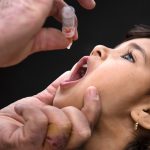
What can over 30 years of efforts to eradicate polio teach us about global health?
View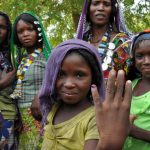
Evaluating the process of partnership and research in global health: reflections from the STRIPE project
View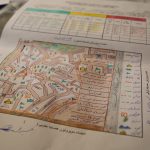
Sampling method for surveying complex and multi-institutional partnerships: lessons from the Global Polio Eradication Initiative
View